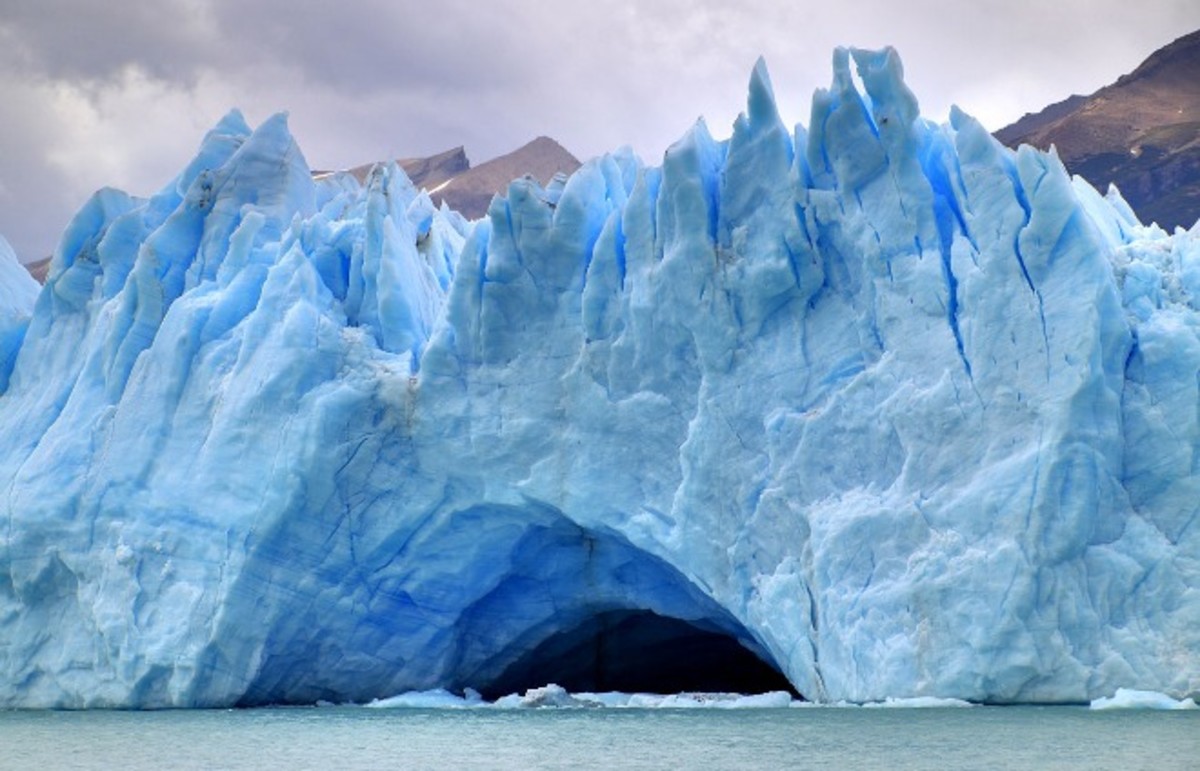This seminar was presented by Chris Clark from The University of Sheffield. It was based on how the techniques for recreating ancient glaciers have advanced throughout time, and how studying the retreat of ancient glaciers can help us to better model how glaciers today might retreat. This is so we can better understand what the effects of future glacier retreats may be, such as the glaciers of the Arctic, etc.

How has the study of glaciology advanced throughout time?
Prior to the digital era, glaciologists would travel from place to place studying land-forms in order to gain an idea of how far the ancient glaciers may have reached. This was clearly a time consuming method, and limited the coverage that the glaciologists were able to cover. As the digital era has advanced, satellite images have made this area much more accessible and is a much less time consuming technique that also allows for more accurate review of the land-forms.
Furthermore, techniques such as radiocarbon dating, etc. have enabled glaciologists to accurately distinguish when the glaciers started to retreat, and from this data, they can compare data points to distinguish factors such as the speed of glacier retreat. One area whereby carbon dating is utilised is through the analysis of sea cores, a method that involves venturing into the sea and taking samples from the seabed. The resulting cores taken from the seabed sometimes contains sediment that dates back to the last glaciation, and carbon dating allows glaciologists to determine when the transition from glaciation sediment to non glaciation sediment occurred.

What is the importance of glaciology?
Glaciologists today are still not decided upon whether ice sheets decrease in a steady downwards line, or whether the decrease is much more up-and-down. One reason for this uncertainty is due to the method which glaciologists use to study glaciers not being universally decided upon, as there are currently three main techniques – these are; glacial geology, glaceology, and glacial isotasy. It has been proposed that these techniques should be merged together to form one universal technique, but this has not yet happened.
The importance of studying glaciology is obvious, and has never been more obvious. The current reduction of glaciers and subsequent rise in sea levels is happening at alarming rates, and the study of glaciology helps us to better understand how the decrease of the glaciers today might have an impact on the sea levels.
My thoughts
I really enjoyed the talk presented by Chris because glaciology is an area that I had very little knowledge about prior to the seminar, and I came away from the seminar feeling almost like an expert. The area of glaciology is one of clear importance, and I believe that through research such as the study of the past ice sheet of Britain and Ireland, we will eventually be able to gain a solid understanding of the way in which glaciers retreat so that in the future, we can predict the trends of the glaciers on Earth today.
